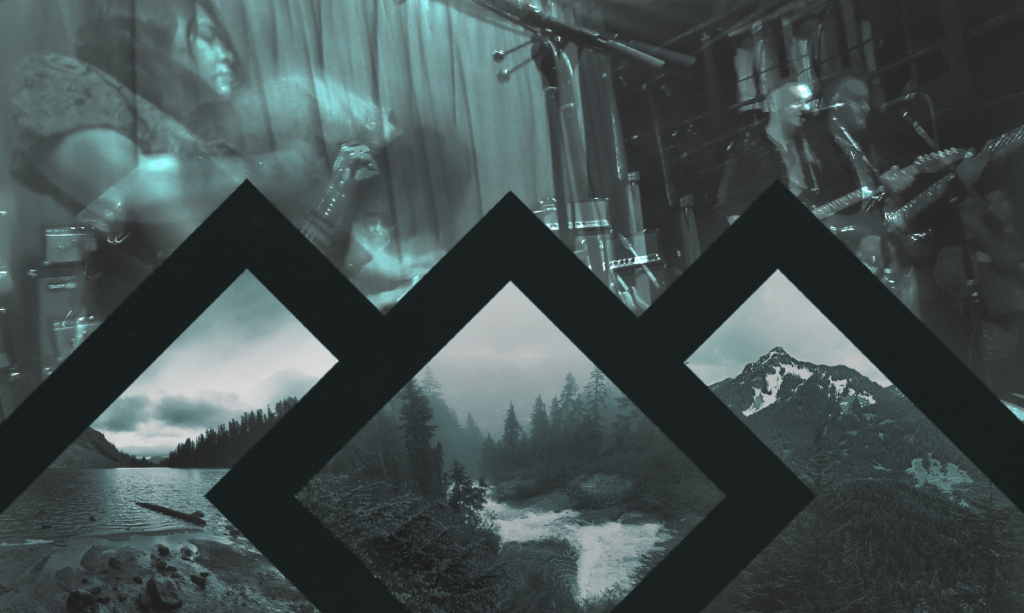Imagine Seattle Central College as a living organism, each department an essential organ ensuring the institution’s overall welfare. In our intricate ecosystem of higher education, the Counseling Center regulates the student body’s emotional and mental…
Posts tagged as “seattle”
This week, I got to chat and interview Meghan Trainor, who is the curator of the M. Rosetta Hunter art gallery. She grew up in Seattle and is a visual artist who has done artwork…
OP-ED: Did Our Minimum Wage “Rise”? Washington State Cities Dominates Top 3 Positions with Highest Minimum Wage in the Country
Terry FengWashington has once again been determined as the state with the highest minimum wage in 2024, with a wage rate of $16.28 per hour, maintaining its position for three consecutive years since 2021. Over the…
From campus to the capitol: Seattle Central College Advocacy Day calls for legislative action to support student welfare
Danika DjuandaThere is power in bringing individual voices to places of influence. This is evident in a recent effort to shift legislative discussions to encompass personal struggles, goals, and pleas for change. On Jan. 25, students…
Surveys on Class Modality Preferences Aid English Faculty in Setting Students Up for Success
Danika DjuandaIn the ever-evolving landscape of higher education, adapting to the needs and preferences of both faculty and students is crucial to fostering effective learning environments. Early this quarter, the English department at Seattle Central conducted…
Mount Eerie, Black Belt Eagle Scout enter the Black Lodge to honor this land and its lineage
Joel StadtmuellerThe Pacific Northwest is a lush landscape in ways both literal and metaphorical. This fertile environment has shaped many of my favorite artists and albums, many of which are inextricably tied to this place —…
The greater Seattle area has historically had plenty of musical talent like Jimi Hendrix, Quincy Jones, Pearl Jam, Nirvana, Sir Mix-a-Lot, Macklemore, and so much more. These big artists have put Seattle on the map…








